Much has already been said and much more will be said, about the ecumenical significance of the year 2025. The 1700th anniversary of the Council of Nicaea is just one, albeit a fundamental one, of several important anniversaries for the whole of Christianity being marked this year. But why is it still important to remember Nicaea today? What is its relevance? To understand, we need to take a step back into the fourth century.
In 313, Emperor Constantine granted freedom of worship to Christians, ending religious persecution throughout the empire. Later, in 324, Constantine became sole ruler and absolute authority of both the Western and Eastern Roman Empires. He realized that a doctrinal controversy was threatening the peace of the empire. He decided to convene a council of the entire Church to settle the matter. Though he knew it was a religious issue, he also believed that religious unity was key to political stability. Between 250-318 bishops from all parts of the empire came to Nicaea. The aim was to defend and affirm the apostolic faith and doctrine about the divine and human nature of Jesus Christ, in contrast to the teachings of the priest Arius of Alexandria and his supporters, who claimed that Christ was not eternally divine, but the first and most sublime creature made by God.
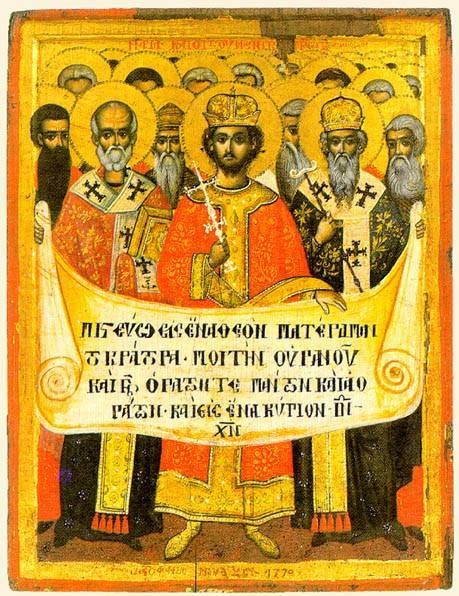
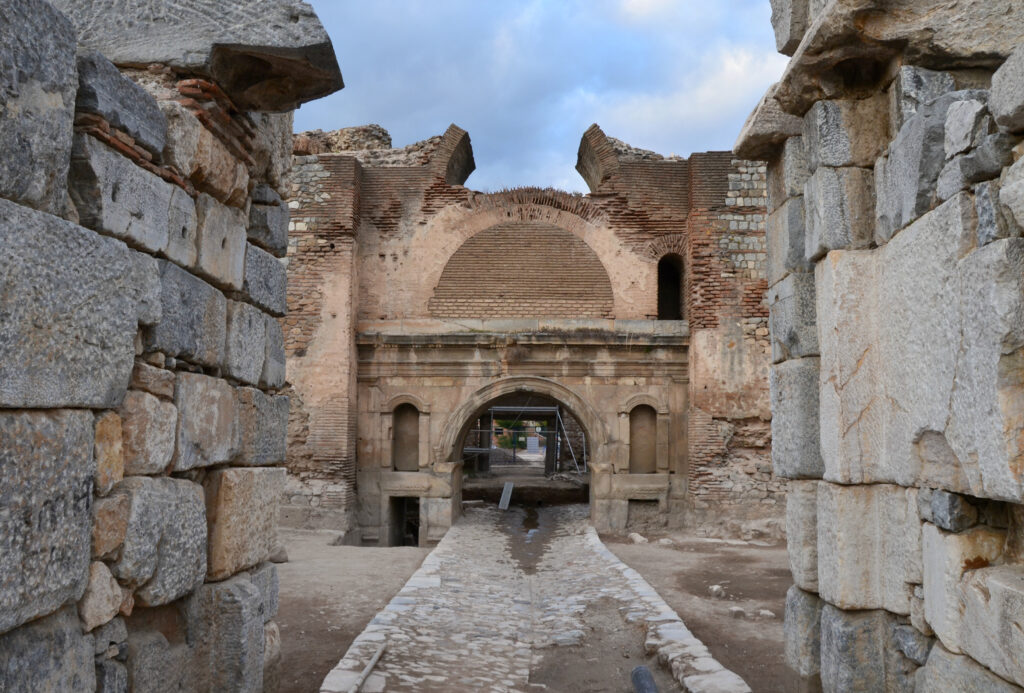
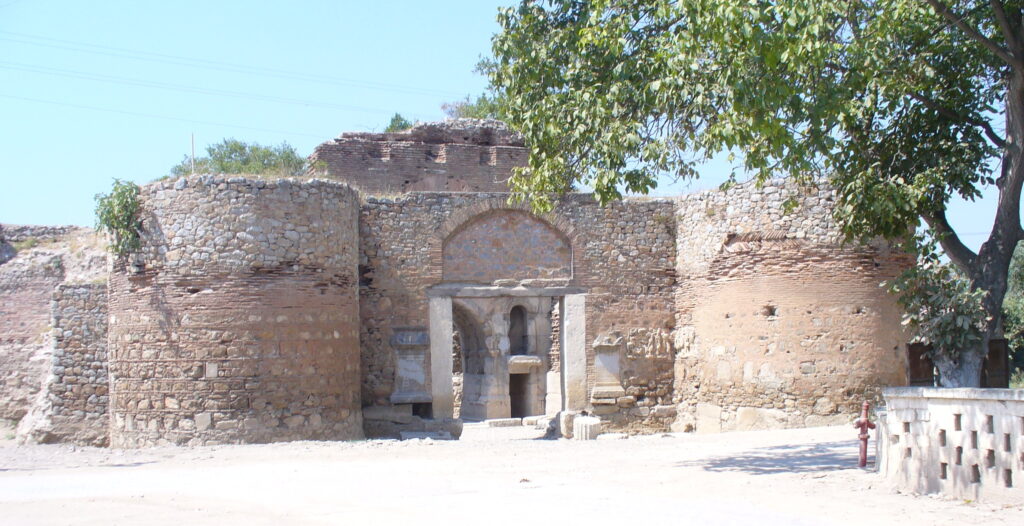
It is understandable that such a mystery, the nature of the person of Jesus Christ, posed a challenge to human intellect. But even more compelling was the testimony of the apostles and the many Christians willing to die for this belief. Indeed, many bishops who came to the Council still bore the physical marks of torture and suffering endured for the faith.
Thus, this Council defined the faith that underpins Christianity and is still professed by all Christian Churches: the God revealed by Jesus Christ is one but not solitary. Father, Son and Holy Spirit are one God in three distinct Persons who have always existed.
Remembering Nicaea today is therefore highly relevant: it was a Council that laid the foundation for the synodal structure of the Church, which we are striving to realize more fully today; it unified the date of Easter for the entire Church (although differences emerged over time due to changes in calendars); and it set out the key points of the Christian faith. In particular, this last aspect challenges us strongly today. Perhaps the tendency to deny the divinity of Christ has never completely disappeared. Today, many find it easier or more comfortable to speak of Jesus focusing on his human qualities, as a wise man, an exemplary figure, a prophet, rather than professing him as the only-begotten Son of God, of one substance with the Father.

Faced with these challenges, we might imagine Jesus asking us today the same question he once asked the apostles: “But who do you say that I am?” (Mt. 16:13–17).
To accept and profess the Nicene Creed together is thus ecumenically significant. Reconciliation among Christians means reconciliation not only with and among today’s Churches, but also with the tradition of the early and apostolic Church.
Considering today’s world, with all its anxieties, problems and hopes, we become even more aware that Christian unity is not only a Gospel imperative, it is also a historical necessity.
If we want to confess together that Jesus is God, then His words, especially what He called His “new commandment,” the very criterion by which the world would recognize us as His disciples, will take on new meaning for us. Living this commandment “will be the only way, or certainly the most effective way, to speak of God today to those who do not believe, to make the Resurrection of Christ translatable into terms that can be understood by people today.”[1]
[1] BENEDETTO XVI, Luce del mondo. Il Papa, la Chiesa e i segni dei tempi. Una conversazione con Peter Seewald, Libreria editrice Vaticana, Città del Vaticano 2010, p. 98.
Centro “Uno”
To learn more, a video is available: From Nicaea walking together to unity
[1] BENEDETTO XVI, Luce del mondo. Il Papa, la Chiesa e i segni dei tempi. Una conversazione con Peter Seewald , Libreria editrice Vaticana, Città del Vaticano 2010, p. 98.

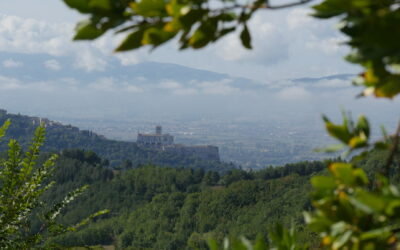

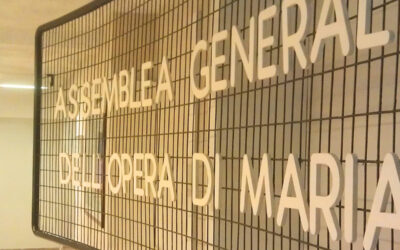
0 Comments